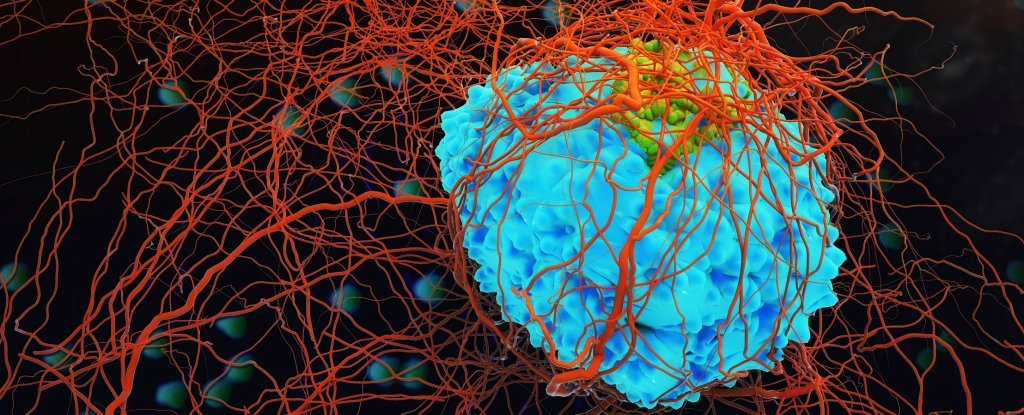Cancer cells are able to hibernate as “winter bears” when a threat like chemotherapy treatment attacks them, according to new research – apparently adopting the tactic used by some animals (although long lost in humans) to survive for periods when resources are scarce.
Knowing exactly how cancers prevent and resist drug treatments is an important part of the job of defeating them forever, which is why understanding this hibernation behavior can play a crucial role in future research. Cancers can usually return after remaining dormant or appear to disappear for several years after treatment.
Pre-clinical research on human colorectal cancer cells revealed that they were able to slow down to a low-maintenance and “persistent drug-tolerant” (DTP) state, which would help explain some therapy failures and tumor recurrences.
“The tumor is acting as an entire organism, capable of entering a state of slow division, conserving energy to help it survive,” said researcher and surgeon Catherine O’Brien of the Princess Margaret Cancer Center in Canada.
“There are examples of animals entering a reversible, slow-dividing state to withstand hostile environments. It appears that cancer cells have cleverly co-opted that same state for their survival benefit.”
Collecting human colorectal cancer cells in a petri dish and exposing the cells to chemotherapy, the researchers observed that colorectal cancer cells enter the same hibernation state, in a coordinated manner, when chemotherapy drugs were present. The cells stopped expanding, meaning that they needed very little nutrients to continue to live.
These observations also “fit a mathematical model in which all cancer cells, rather than a small subpopulation, have an equipotent ability to become DTPs”, which suggests that these survival strategies can be seen in all cancer cells.
The researchers also used colorectal cancer cell xenografts in different groups of mice. Once the mice developed tumors of certain sizes, the researchers treated them with standard chemotherapy regimens. The scientists observed insignificant tumor growth in mice that received treatments over an eight-week period. When treatment was stopped, tumor growth started again.
The cancer cells removed from the tumors after a period of regeneration were then grafted into different mice and treated again. The regenerated cells remained sensitive to the treatments and their growth stopped and started the same way, findings consistent with cancer cells entering a DTP state.
This DTP state resembles a state similar to hibernation called embryonic diapause, in which the mouse embryos resort to a kind of emergency survival mode. Embryonic diapause allows many animals, including rats, to effectively pause embryonic development until environmental conditions are more favorable.
Here, cancer cells have been found doing a similar trick. Another link between the DTP state and the embryonic diapause is its dependence on a biological mechanism called autophagy, in which cells essentially feed to find the sustenance they need. Autophagy occurs naturally in the body as a way of eliminating waste, but in this case, cancers are using it to stay alive.
“In fact, we never knew cancer cells were like hibernating bears,” said oncologist Aaron Schimmer of the Princess Margaret Cancer Center. “This study also shows us how to target these sleeping bears so they don’t hibernate and wake up to come back, unexpectedly later.”
“I think this will end up being an important cause of drug resistance and it will explain something that we didn’t have a good understanding of previously.”
By directing and inhibiting the autophagy process, the researchers were able to break the state of hibernation (or DTP) and kill cancer cells forever with chemotherapy. This could be an approach to deal with cancerous tumors resistant to conventional treatments in the future.
Scientists already know about several other ways in which cancer can hide in the body, so this new study adds to a growing collection of evidence on how to deal with cancer cells that are more resistant to current drugs and approaches.
“It gives us a unique therapeutic opportunity,” says O’Brien. “We need to target cancer cells while they are in this slow, vulnerable cycle state, before they acquire the genetic mutations that drive drug resistance.
“It is a new way of thinking about resistance to chemotherapy and how to overcome it.”
The research was published in Cell.
